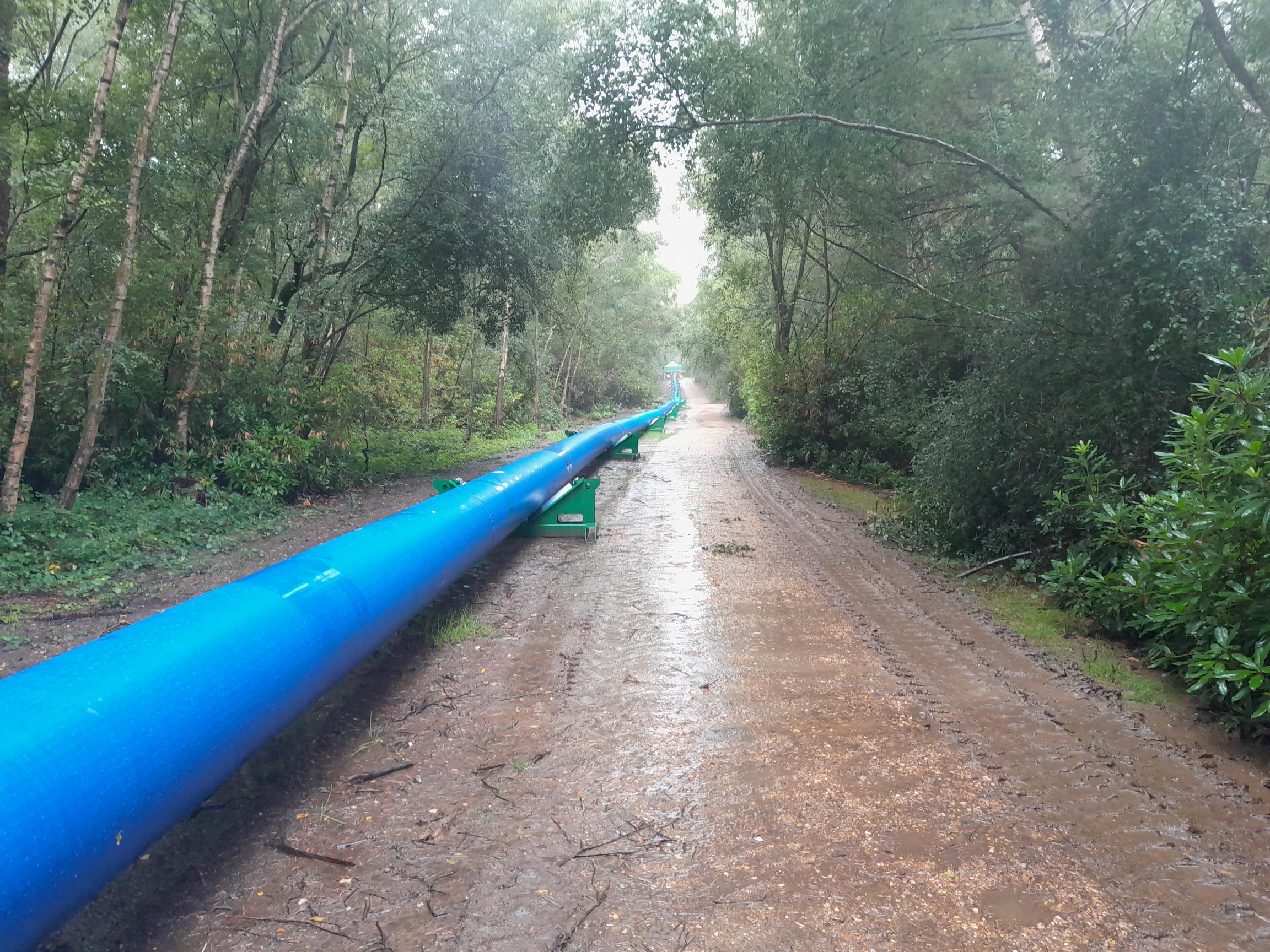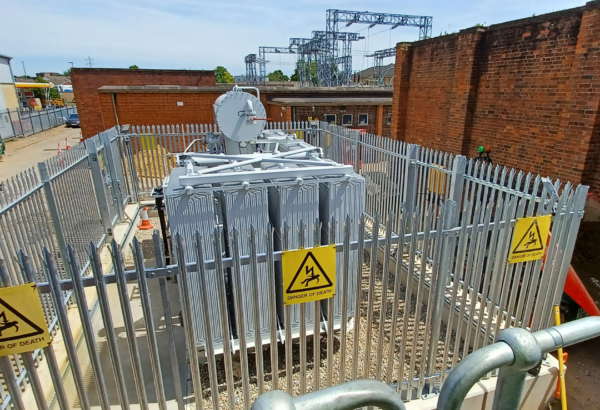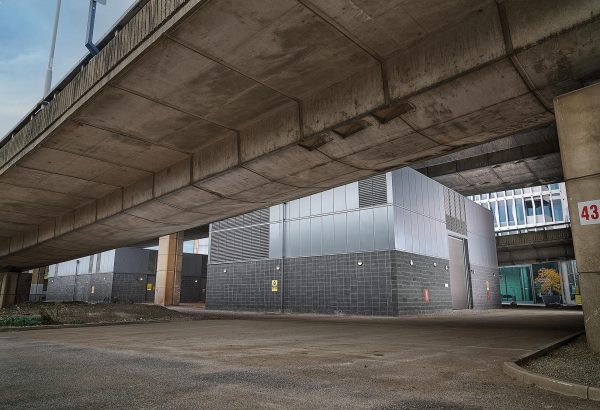This website uses cookies so that we can provide you with the best user experience possible. Cookie information is stored in your browser and performs functions such as recognising you when you return to our website and helping our team to understand which sections of the website you find most interesting and useful.
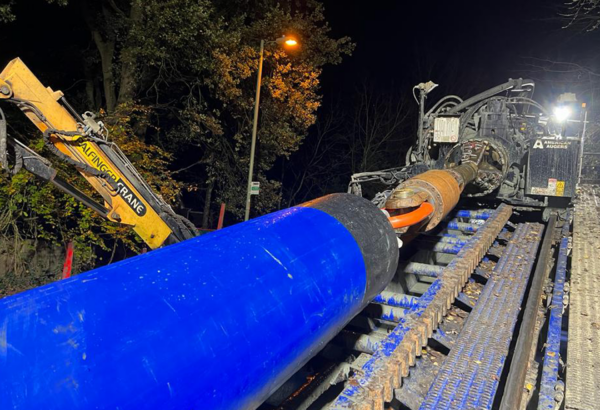
Case Study
No-dig technology helps us to deliver a new water main
Clancy has been working with South East Water to increase the capacity of the water network in Hampshire, including 11km of open-cut and no-dig techniques through road and agricultural land. The project to install a new water main in Fleet has seen us bring the best of our skills to play to navigate multiple challenges – from respecting ecological protections and working around existing infrastructure, to keeping local stakeholders up to date.
Clancy has had to work closely with a whole supply chain of specialists, embrace different technology and techniques and draw on the business’ broader expertise to deliver this incredibly challenging but rewarding project.
Minimising disruption with targeted techniques
A large section of the work site went through a local golf course which needed to stay in running order throughout the project so open cut digging wasn’t an option.
To minimise disturbance to the club and to local transport links, we used horizontal directional drilling (HDD) to excavate a 26m-deep and 1km-long trenchless tunnel guided by a tracking system. This method, which drilled the tunnel with one continuous bore, also cut down the project’s schedule by a significant five months, meaning less disruption to the community and a brilliant outcome for South East Water.
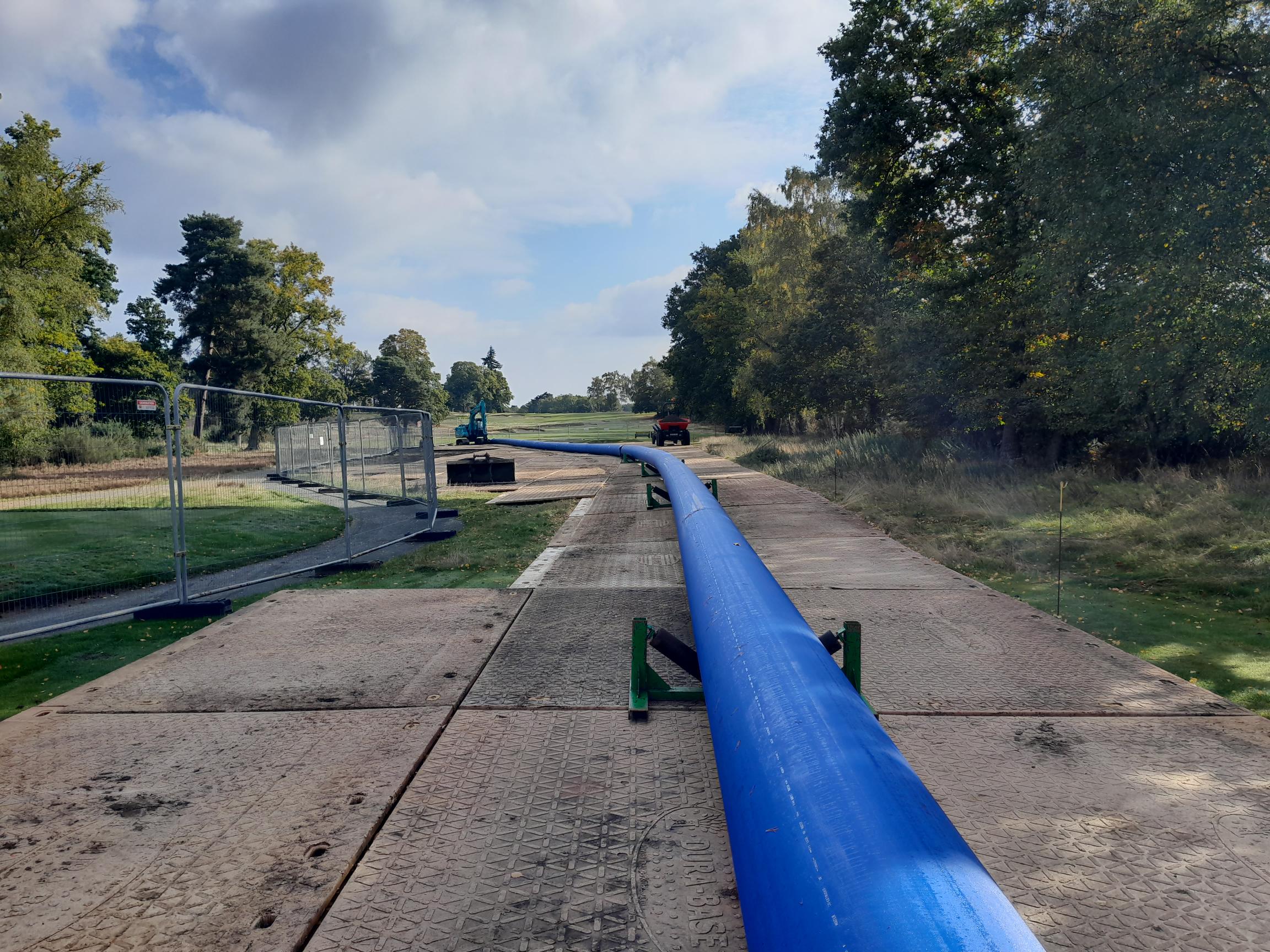
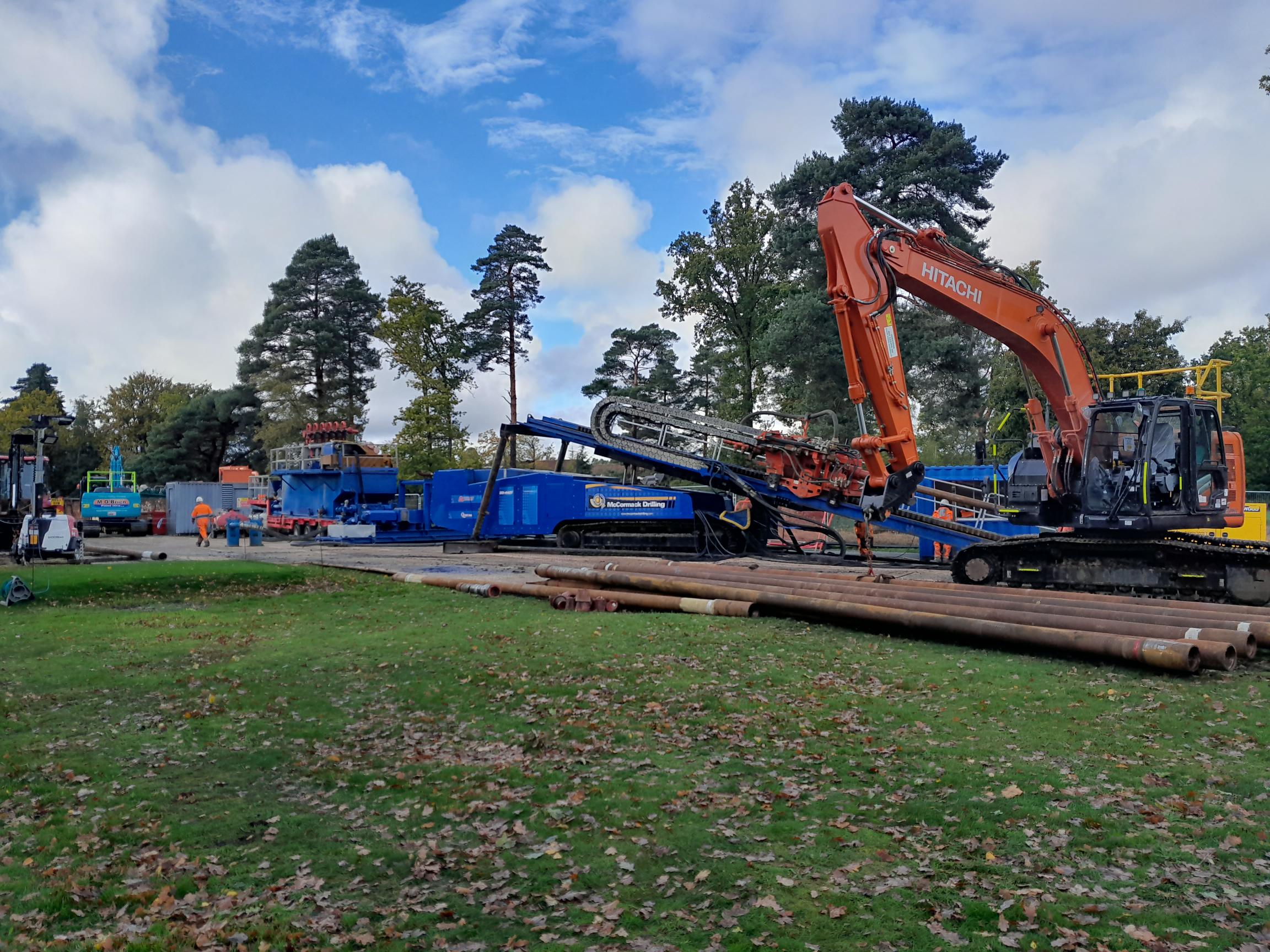
Protecting ecosystems and minimising carbon
We worked with specialist organisations which provided ordinance supervision to ensure aspects of historical or ecological interest were protected throughout the project. The identification of great-crested newts, for example, meant that we had to be especially sensitive to the site’s local nature. Working with South East Water, we used specially trained dogs to pinpoint the location of any of the endangered species, which could then be moved to safety away from construction to ensure their protection and the maintenance of the local ecosystem in a sustainable, low-carbon way.
Clancy operatives also collaborated with arboriculturist supervisors and South East Water to protect two giant Redwood trees. The roots from the trees crossed the proposed drilling path and the delicate nature of digging around these notable trees and into difficult ground conditions meant that, while South East Water was able to realign the pipeline to avoid the Root Protection Area, we needed to use a careful 4m-deep hand dig to limit any damage.
A comprehensive approach to environmental protection on site was also combined with steps to minimise waste and reduce carbon emissions from the work. The slurry from the HDD trench was then processed by specialist machinery which was separated the water from the solid waste. We could then recycle the water to soften the ground to be bored, while the arising needing to be transported from site was reduced by as much as 60 per cent, lowering our carbon emissions.
Bringing our expertise to bear
Elsewhere, we were able to bring to bear our breadth of expertise across Clancy when our workers discovered unexpected 132kV high-voltage, below-ground cables. Calling in Clancy’s energy team, we were able to stabilise these cables safely, keep power flowing through the local area and progress the water main installation without disruption.
Steve White, contract manager at Clancy, commented: “As water companies invest in building network capacity, while simultaneously aiming to minimise their impact on the environment, exploring different techniques and ways of working will become increasingly important. Our collaborative approach with expert stakeholders and organisations has made this a distinctly unique project, improving the productivity of the project and the protection of the local environment.
“The project in Fleet has enabled us to bring to the fore Clancy’s breadth and depth of experience in utilities, embracing different technology and techniques to minimise disruption for local residents and businesses. We are immensely proud of the result and the way the team has worked to achieve this.”
